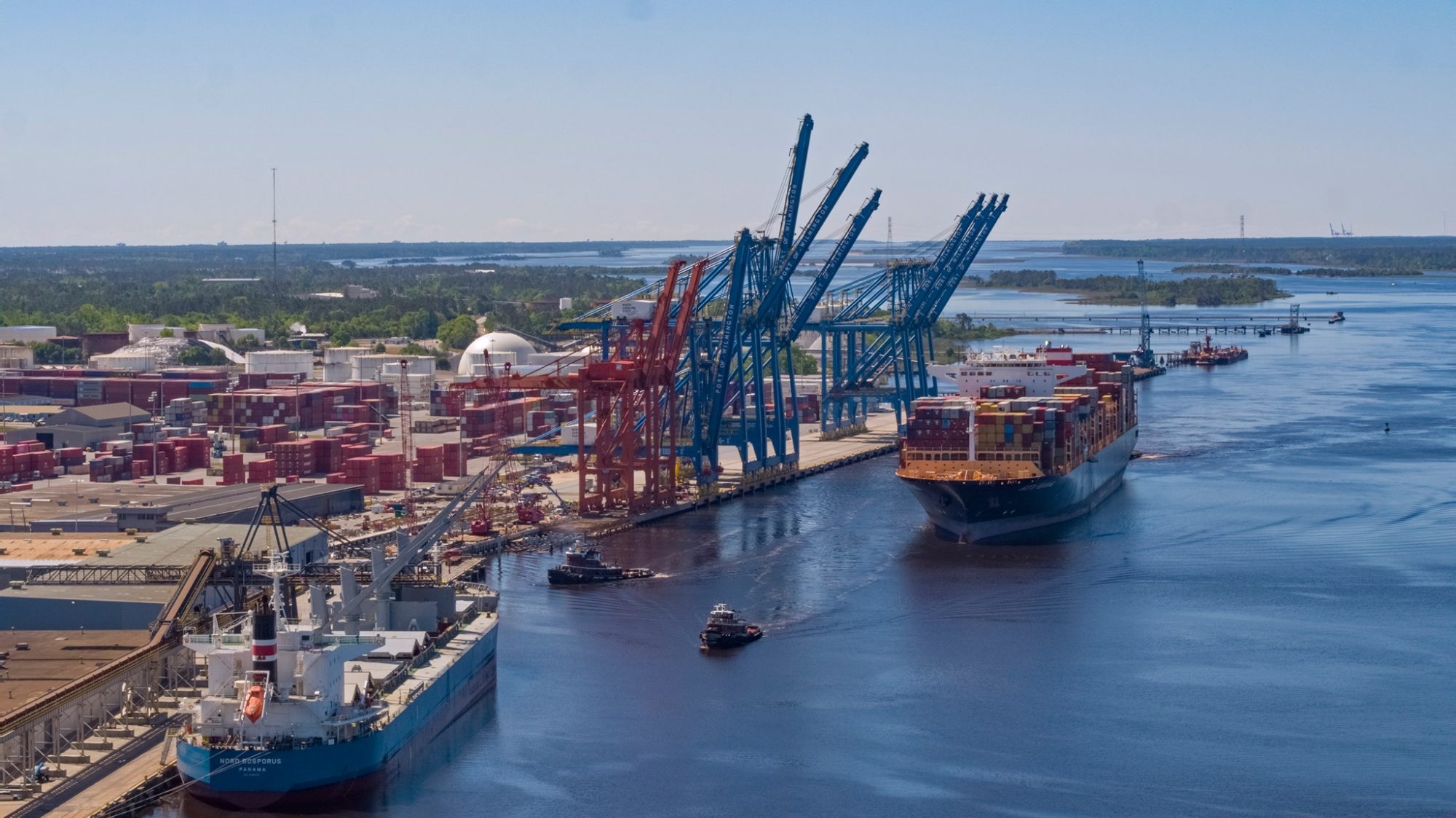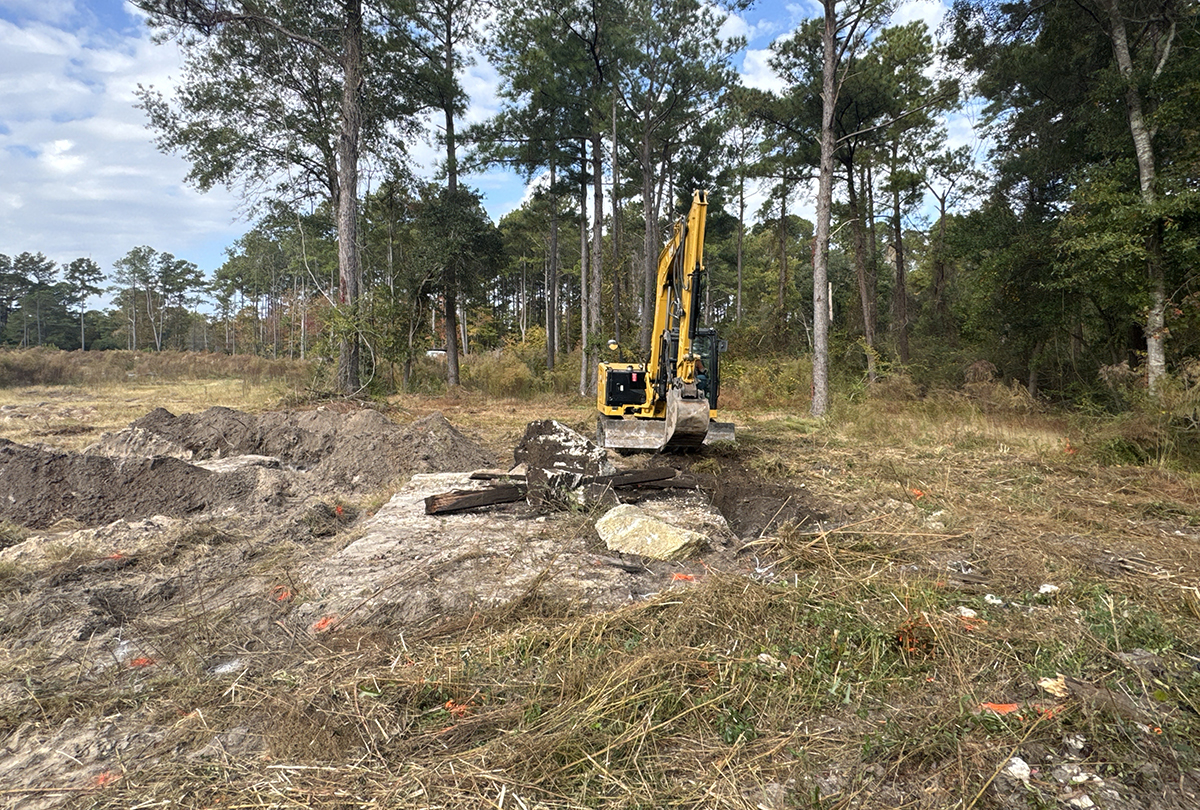A subcommittee of the state Coastal Resources Commission, or CRC, will meet by video conference at 3 p.m. Thursday to continue the discussion of the static line exceptions and development lines options on oceanfront beaches.
 During the September 2019 CRC meeting, staff addressed the differences between the static line exceptions and development lines. The differences make implementing the rules complex and present some management challenges, according to the CRC’s November 2019 meeting agenda item. The specific challenge is when it comes to what structures, or parts of the primary structure, can or cannot be located seaward of one or more of the management lines such as vegetation line, static line or development line.
During the September 2019 CRC meeting, staff addressed the differences between the static line exceptions and development lines. The differences make implementing the rules complex and present some management challenges, according to the CRC’s November 2019 meeting agenda item. The specific challenge is when it comes to what structures, or parts of the primary structure, can or cannot be located seaward of one or more of the management lines such as vegetation line, static line or development line.
Supporter Spotlight
The development line and the static line exception are intended to allow local governments an alternative to the use of the static vegetation line in determining oceanfront setbacks, but there are no rules preventing communities from having both a development line and static line exception, according to a document presented during the November 2019 meeting. Both allow oceanfront construction setbacks to be measured from the existing first line of stable and natural vegetation instead of the static vegetation line, but there are distinct differences in the rules that make implementation of these rules complex and challenging.
The public may listen to the meeting by phone by by calling 1-415-655-0003. The event number access code is 161 474 2668.
The 13-member CRC was created when the General Assembly adopted the Coastal Area Management Act, or CAMA, in 1974.
The CRC establishes policies for the state Coastal Management Program and adopts rules for both CAMA and the N.C. Dredge and Fill Act. The commission designates areas of environmental concern, adopts rules and policies for coastal development within those areas, and certifies local land use plans.
The Division of Coastal Management provides staffing services to the CRC, implements CRC rules and issues CAMA permits.







